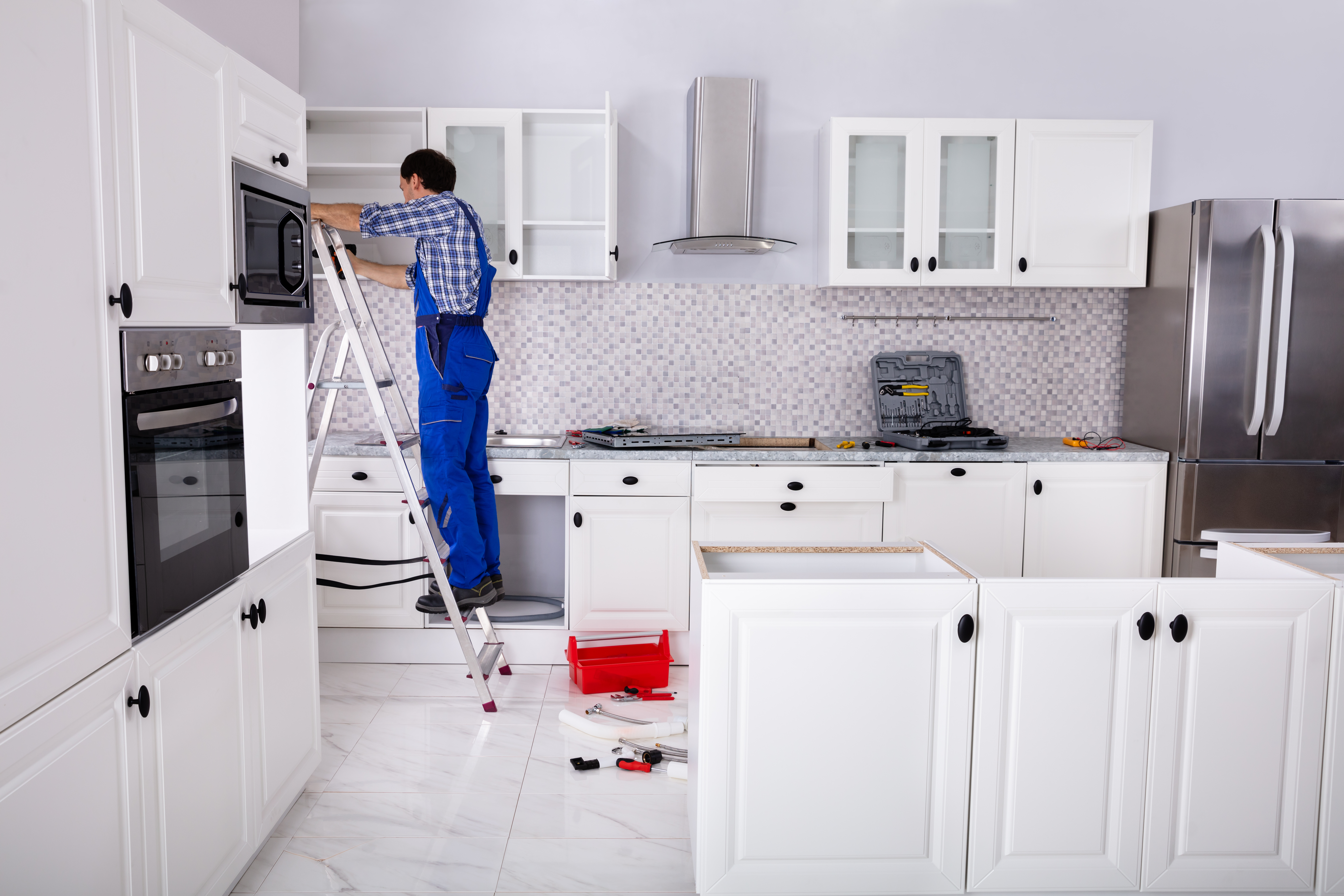The Best Personal Loans for Kitchen Remodeling of 2025

Kitchen countertops, appliances and cabinets add up quickly. And many homeowners don’t realize how expensive their project has become until it’s far too late. It’s smart to arrange your financing before starting your project – whether it’s a personal loan or other source of financing. Here are the most common:
- Credit cards
- Personal loans
- Home equity loans
A recent survey found that 75% of homeowners do not have enough ready cash to pay for home improvements outright. If you’re one of them, you may be financing at least some of the cost of your kitchen renovation. The best option depends on the size of your dreams and the extent of your resources.
Find kitchen renovation loans
Kitchen Renovations: Budget Realistically
How much might you pay to renovate your kitchen? According to Remodeling Magazine’s most recent Cost vs. Value report, a mid-range major kitchen remodel set homeowners back an average of $66,196 this year. A minor kitchen remodel — one in which you don’t replace everything — still cost $22,507.
Which Lenders Have the Best Personal Loan Rates?
Finding the lender with the best personal loan to meet your kitchen remodel needs is as simple as using our search tool. Compare personal loans for home renovation and find the best rates being offered today.
Average Cost of Kitchen Upgrades
Before embarking on your project, find out how much you qualify to borrow, and what your interest rate and payments might be. Having a beautiful and functional kitchen is great, but not if the cost gives you heartburn.
Kitchen renovation cost breakdown
Kitchen renovations cost $12,500 to $34,0000, and typically come in at just under $25,000 as of this writing. The rate includes materials, installation, lighting and plumbing fixtures. But not financing costs, so add some extra unless you’re paying cash.
According to the HomeAdvisor (figures come from the National Kitchen & Bath Association), the expenses break down as follows:
Many experts believe that you should spend 10% to 15% of your home’s value to remodel your kitchen to get the most home equity increase for each dollar spent. Another way to look at a kitchen remodel is by the size of your home. Here is what HomeAdvisor says a kitchen remodel costs according to the square footage of your kitchen:
Cost to Renovate a Kitchen by Size
You could spend as little as $5,000 to upgrade a small kitchen or over $60,000 to blow your friends’ mind at your next dinner party. The size of your space and the quality of your materials will mainly drive your renovation costs. Below, see the typical spend for various sizes and the factors involved.